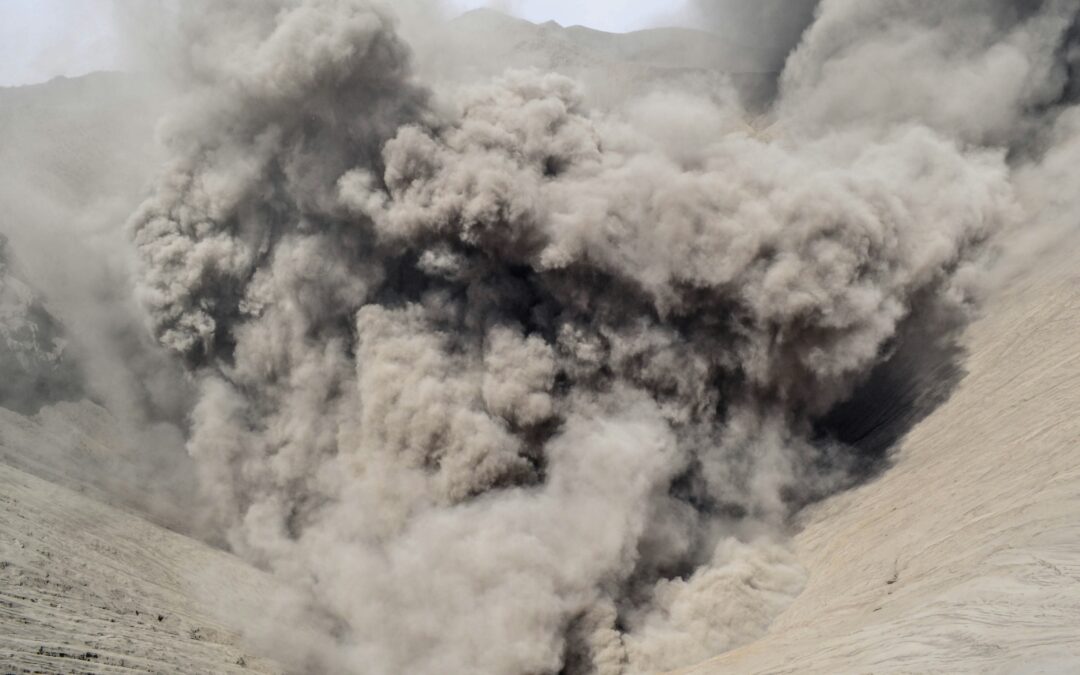In this weeks article, we will be continuing our dust explosions series by discussing how zoning dust explosions can help assess the risk involved. In industrial settings, explosive dusts can pose a significant hazard, especially in environments where they can accumulate and be ignited by an ignition source, such as a spark or flame. The zones where explosive dusts are present are typically classified according to the likelihood of their presence and the potential for ignition. In the context of dust, these zones are usually defined by international standards such as those provided by the International Electrotechnical Commission (IEC).
When trying to control dusts in the workplace it is important to ensure that the classification of areas containing explosive dusts is well understood. This ensure that the correct equipment is used within these areas and that the correct precautions are put in place to ensure that the risk of explosion are reduced as much as reasonably possible.
Like explosive vapours when it comes to explosive dusts there are 3 zones an area can be classified as. These are zone 20, zone 21 and zone 22. These zones reduce in the amount of time a explosive atmosphere is present and this is outlined below.
- Zone 20: In this zone, explosive dust clouds are expected to be present continuously, or for long periods or frequently. This zone is typically found inside equipment such as dust collectors or enclosed containers where the dust is actively handled, processed, or generated. A hazardous zone is expected for over 1000 hours per year
- Zone 21: In this zone, explosive dust clouds are likely to occur in normal operation, but not necessarily persistently. For example, areas around conveyor belts or chutes where dust can accumulate but is not continuously present. A hazardous zone is expected for between 10 and 1000 hours per year
- Zone 22: In this zone, explosive dust clouds are not likely to occur in normal operation but, if they do occur, are expected to be present only for short periods. For example, the general workspace of an industrial facility where dust might settle on horizontal surfaces or in corners. A hazardous zone is expected for less than 10 hours per year.
It’s crucial for employers and operators of industrial facilities to properly assess and classify these zones to implement appropriate safety measures.
- Safety: Dust zoning helps identify areas where explosive dust concentrations may be present, allowing for the implementation of appropriate safety measures to mitigate the risk of explosions and fires. Understanding the zones helps in designing and operating equipment in a manner that minimizes the likelihood of ignition and explosion.
- Compliance: Many safety standards and regulations, require employers to identify and mitigate hazards associated with explosive dust. Properly classifying and managing dust zones ensures compliance with these regulations, helping to avoid fines, legal liabilities, and accidents.
- Risk Management: By using dust zoning, organizations can better assess and manage the risks associated with combustible dust. This includes implementing preventive measures such as ventilation systems, dust collection equipment, and explosion protection devices in high-risk areas and better understanding the area of these high-risk areas.
- Protecting Personnel and Property: Explosions caused by combustible dust can result in serious injuries or fatalities to personnel, as well as extensive damage to property and equipment. Identifying and controlling dust zones can help minimize the potential impact of such incidents, protecting both human lives and assets.
- Operational Continuity: Understanding dust zones allows organizations to plan and conduct operations safely in environments where combustible dust is present. By managing the risks effectively, businesses can maintain operational continuity while safeguarding employees and assets.
In summary, proper identification and management of dust zones are essential for ensuring workplace safety, regulatory compliance, risk management, and the protection of personnel and property in industries where combustible dust is present.
Occupli Consultancy specialists provide practical solutions and advice to all our clients in all areas of ATEX related services. Our team work to legislative requirements and benchmark against industry best practice to produces assessments for our clients. Occupli Consultants have carried out ATEX risk assessments in a range of different industries which include the medical devices, pharmaceutical, agricultural, manufacturing and many more.
If you require ATEX services, reach out to our team of consultants here.

